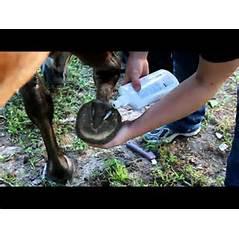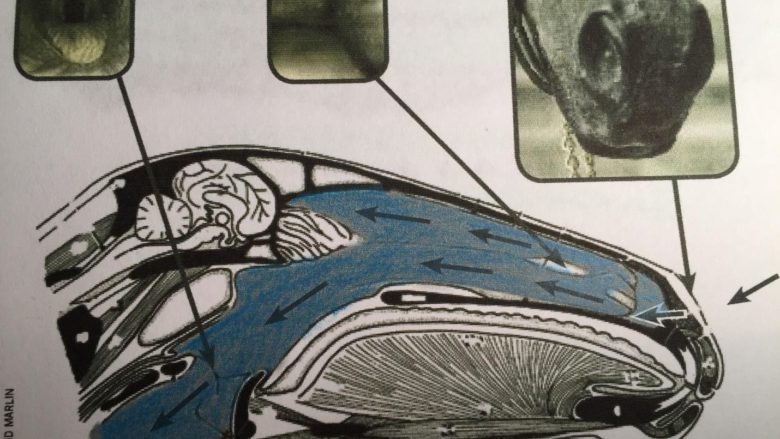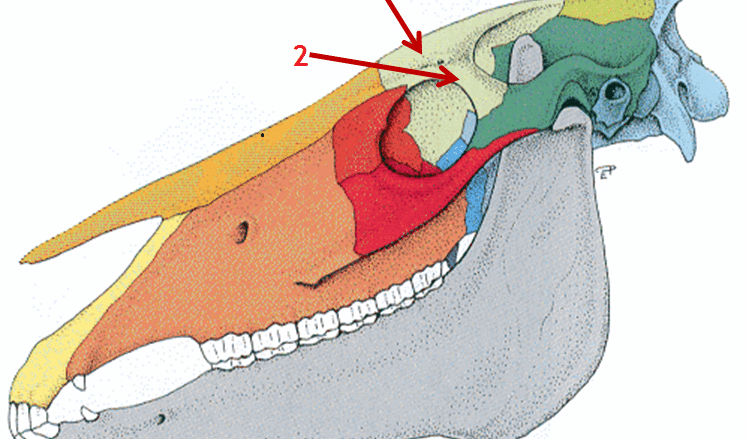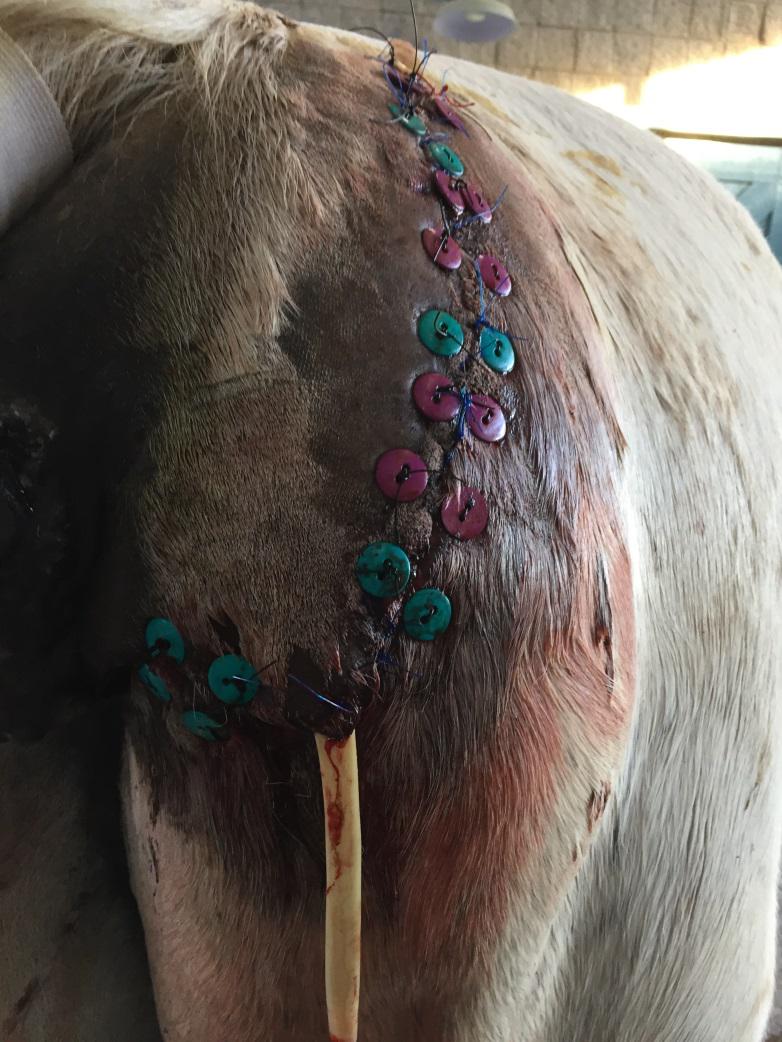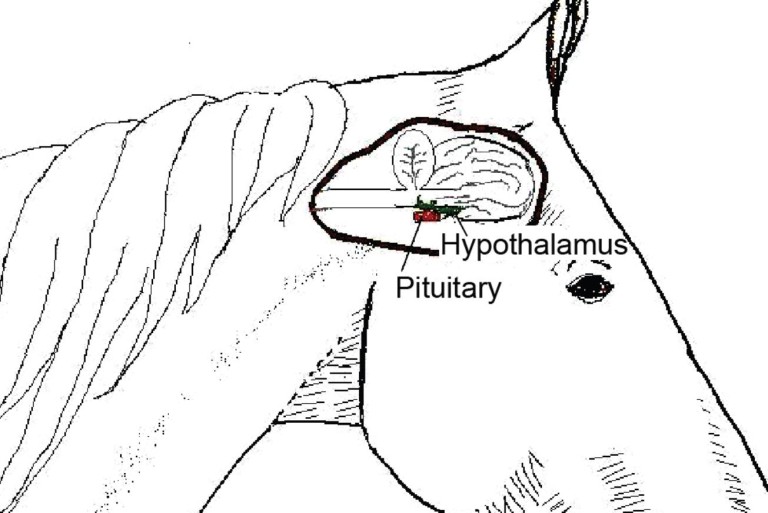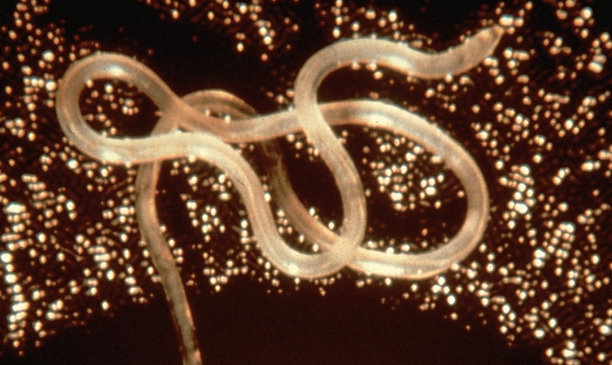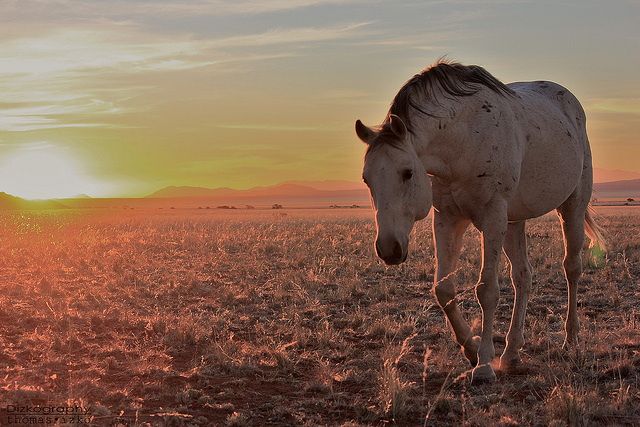15 Apr Thrush in Horses
Thrush is a common anaerobic bacterial infection of the horse’s hoof tissue characterized by a black, necrotic (dead), foul-smelling material. Thrush typically affects the central frog or grooves adjacent to and in the middle the frog (collateral sulci). However, severe cases thrush can also invade...

